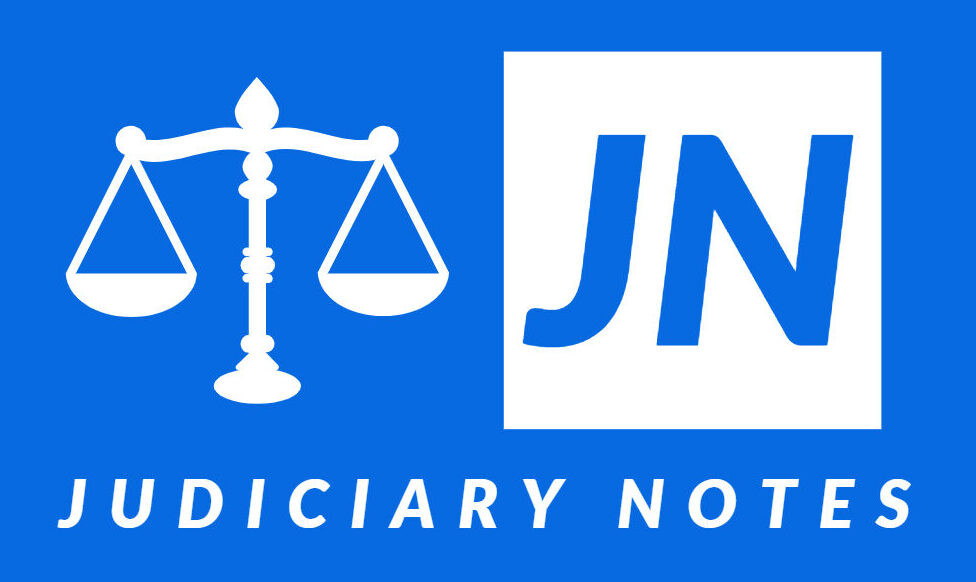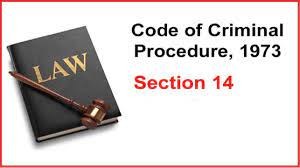Section 14 of CrPC deals with the local jurisdiction of Judicial Magistrates. It states that, subject to the control of the High Court, the Chief Judicial Magistrate (CJM) may, from time to time, define the local limits of the areas within which the Magistrates appointed under Section 11 (Judicial Magistrates of the first class) or Section 13 (Special Judicial Magistrates) may exercise all or any of the powers with which they may respectively be vested under this Code.
The purpose of Section 14 of CrPC is to ensure that Judicial Magistrates exercise their powers within their respective jurisdictions. This is important to prevent arbitrary exercise of power and to ensure that accused persons are tried in the courts that have jurisdiction over the place where the offence was allegedly committed.
Section 14 of CrPC also provides that, except as otherwise provided by such definition, the jurisdiction and powers of every such Magistrate shall extend throughout the district. This means that, unless the CJM has defined a specific local jurisdiction for a particular Magistrate, that Magistrate has jurisdiction to exercise all of his or her powers throughout the district.
The CJM may define the local jurisdiction of Judicial Magistrates for a number of reasons, such as to:
- Ensure that Judicial Magistrates are evenly distributed throughout the district.
- Reduce the workload on individual Magistrates.
- Assign Magistrates to specific areas of expertise, such as cases involving juveniles or women.
- Take into account the geographical features of the district.
The CJM may also define the local jurisdiction of Judicial Magistrates for a specific case or class of cases. For example, the CJM may assign all cases involving economic offences to a particular Magistrate.
Section 14 of CrPC is an important safeguard against the arbitrary exercise of power by Judicial Magistrates. It ensures that accused persons are tried in the courts that have jurisdiction over the place where the offence was allegedly committed.
Here are some examples of how Section 14 of CrPC can be applied in practice:
- The CJM of a large district may divide the district into several sub-divisions and assign each sub-division to a particular Judicial Magistrate.
- The CJM of a district with a large tribal population may assign a Judicial Magistrate to deal specifically with cases involving tribal people.
- The CJM of a district with a number of industrial areas may assign a Judicial Magistrate to deal specifically with cases involving industrial disputes.
The CJM may also use Section 14 of CrPC to ensure that cases are handled by experienced and qualified Magistrates. For example, the CJM may assign all cases involving complex economic offences to a Magistrate who has experience in handling such cases.
Section 14 of the CrPC is an important tool that the CJM can use to ensure that the criminal justice system functions effectively and that justice is served.
Here are some case laws on the local jurisdiction of Judicial Magistrates under Section 14 of CrPC:
State of West Bengal v. S.K. Basu (1997) 1 SCC 416:
The Supreme Court held that the CJM has the power to define the local jurisdiction of Judicial Magistrates within the district. The CJM can also assign Magistrates to specific areas of expertise, such as cases involving juveniles or women.
Supreme Court Legal Aid Committee Representing Under trial Prisoners v. Union of India (1994) 5 SCC 731:
The Supreme Court held that the CJM has the power to define the local jurisdiction of Judicial Magistrates for a specific case or class of cases. For example, the CJM can assign all cases involving economic offences to a particular Magistrate.
P.R. Muthu v. State (1992) 1 Crimes 1038:
The Madras High Court held that the CJM has the power to transfer cases from one Judicial Magistrate to another, even if the cases are outside the local jurisdiction of the new Magistrate.
Suryakant Ramdas v. State of Maharashtra (1990) 1 MhLJ 124:
The Bombay High Court held that the CJM has the power to authorize a Judicial Magistrate to hold his or her sitting at any place within the district.
State of Haryana v. Chanderbhan (2005) 6 SCC 109:
The Supreme Court held that the CJM should exercise his or her power to define the local jurisdiction of Judicial Magistrates in a fair and reasonable manner. The CJM should not assign cases to Magistrates in a way that is arbitrary or discriminatory.
Ajay Kumar Jain v. State of U.P. (2007) 4 SCC 482:
The Supreme Court held that the High Court can intervene and set aside the order of the CJM if the CJM has exercised his or her power to define the local jurisdiction of Judicial Magistrates in an arbitrary or discriminatory manner.
These cases illustrate the importance of the CJM’s power to define the local jurisdiction of Judicial Magistrates. The CJM’s powers should be exercised in a fair and reasonable manner, and the High Court has the power to intervene if the CJM has exercised his or her powers in an arbitrary or discriminatory manner.

